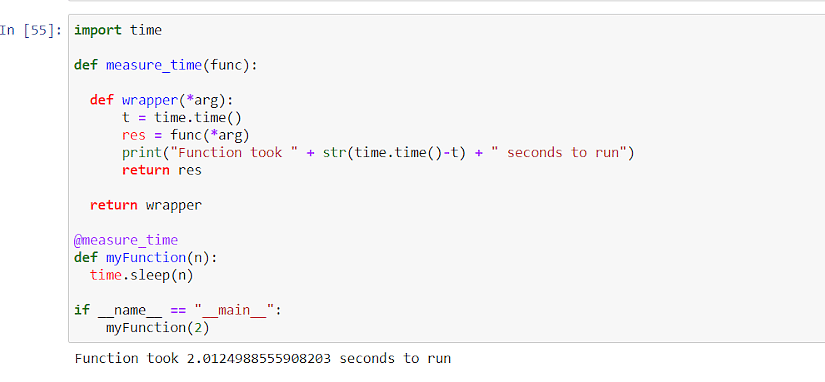
Let us build a welcome screen to a program to check if there are any downtimes in a website. Whilst being able to add colored texts is one of the community favorites, adding slight animations can really enhance the user experience. If you are writing a console application using Python, there are more than a few ways to make it more beautiful and user-friendly. Examples of Using time.sleep() Function Welcome Screen and Processing Screen This feature can come in handy when programs are loading and playing some animation until it is completely initialized. Then we are printing Hello to the standard output, and we are instructing the program to wait for 5 seconds and perform the task stroy and then print Goodbye.Īs opposed to using time.sleep in Tkinter applications, Tk().after will ensure that other tasks of the application are not halted or stopped while waiting. In this, we are creating a window with line 4 of the code.


Let us look at a very simple implementation of the time.sleep function. However, in this tutorial, we will mainly focus on sleep in the time module from the Python standard library. In Python, there are many ways to invoke sleep. Sleep Functions from Other Python Libraries You can skip to a specific section of this Python sleep tutorial using the table of contents below:
PYTHON SLEEP HOW TO
This tutorial will teach you how to use sleep functions in Python. There are numerous use cases for the sleep function, such as simulating a delay in the program, specifying waiting times for request related tasks, maintaining intervals between API calls, and even when accessing a common resource by multiple threads in a program. Kill thread or process asap, even during time.Sleep is one of the most useful functions in programming languages - including Python.Īs the name suggests, sleep function is used to pause the thread being executed and wait for a predefined amount of time.

Writing a function to calculate time range in Unix Epoch Time Having hard time understanding the function self-returning itself twiceĪug-15-2020, 08:50 PM Last Post: deanhystad Time.sleep: stop appending item to the list if time is early Why recursive function consumes more of processing time than loops? How to immediately kill and restart a thread while using a time.sleep() inside it?įeb-07-2022, 04:16 PM Last Post: Gribouillis For that reason your program will pause once. Inside the loop you keep making attacks without calling Time.sleep. Most GUI programs have some kind of loop to handle events and if you press ctrl-c it may take a considerable time before the program reacts, if it does at all react.īut in the comments to time.sleep it is (or was a the time I read it, it might have changed again) explicitly stated that time.sleep(n) will sleep for at least n seconds even if there is an interrupt signal unless the signal causes an exception.Īug-11-2022, 07:53 PM Last Post: carecavoador You call Time.sleep once before the loop.

I also think it is an interesting problem as some signals, like ctrl-c, are meant to immediately interrupt a running program. So in order to use sleep, you will need to import the time module first. Never tried it myself but I can imagine that you can make some keyboard combination generate an interrupt signal which you handle by a custom signal handler that triggers an exception. Like I mentioned, Sleep is a Python built-in function in the time module. You will have to know how to generate interrupt signals and how to make these signal handlers cause an exception. The only possibility is to send an interrupt signal that generates an exception. Before Python 3.5 it was actually possible to "wake up" a time.sleep by sending some interrupt signal to the running program but from python 3.5 and up this is no longer possible.


 0 kommentar(er)
0 kommentar(er)
